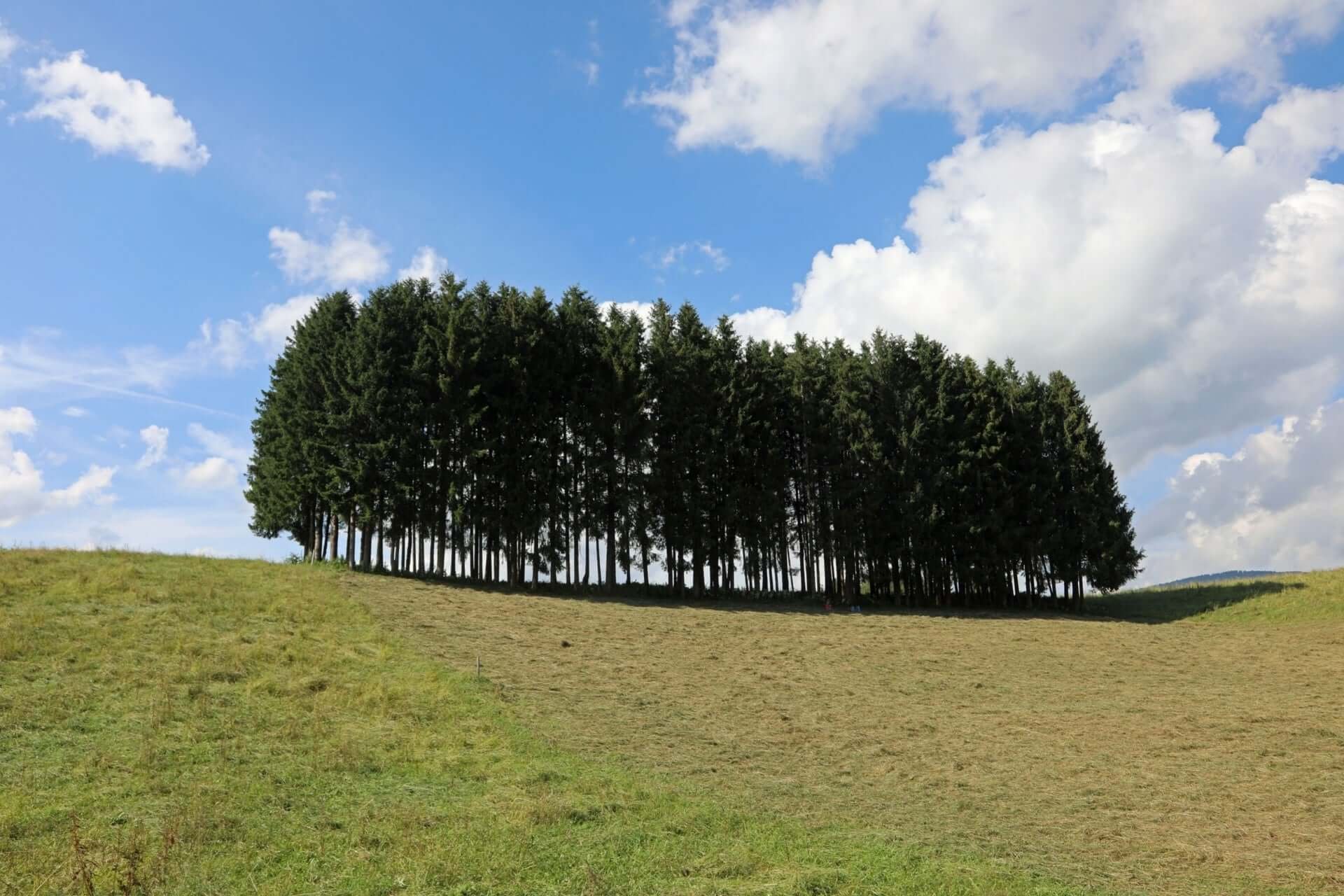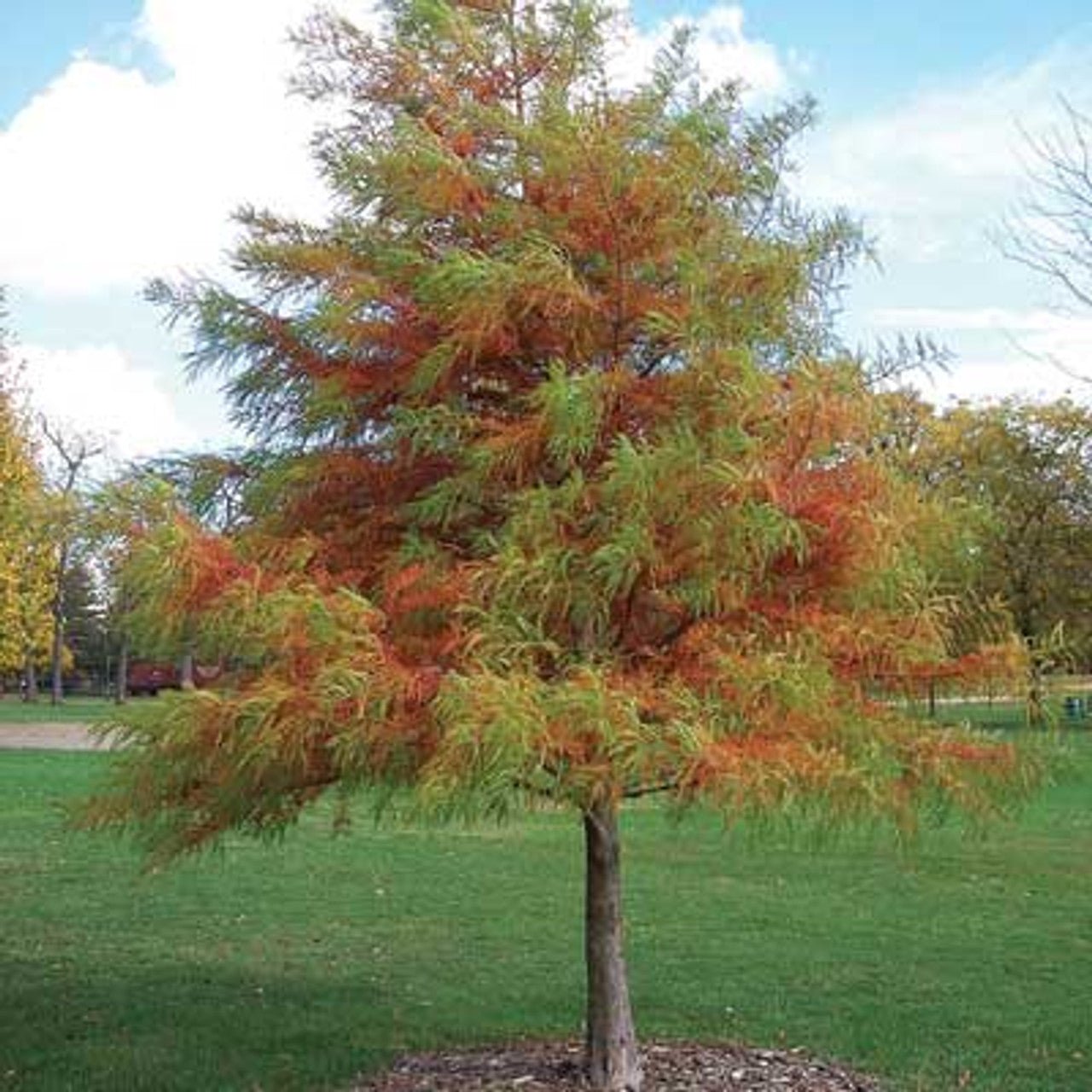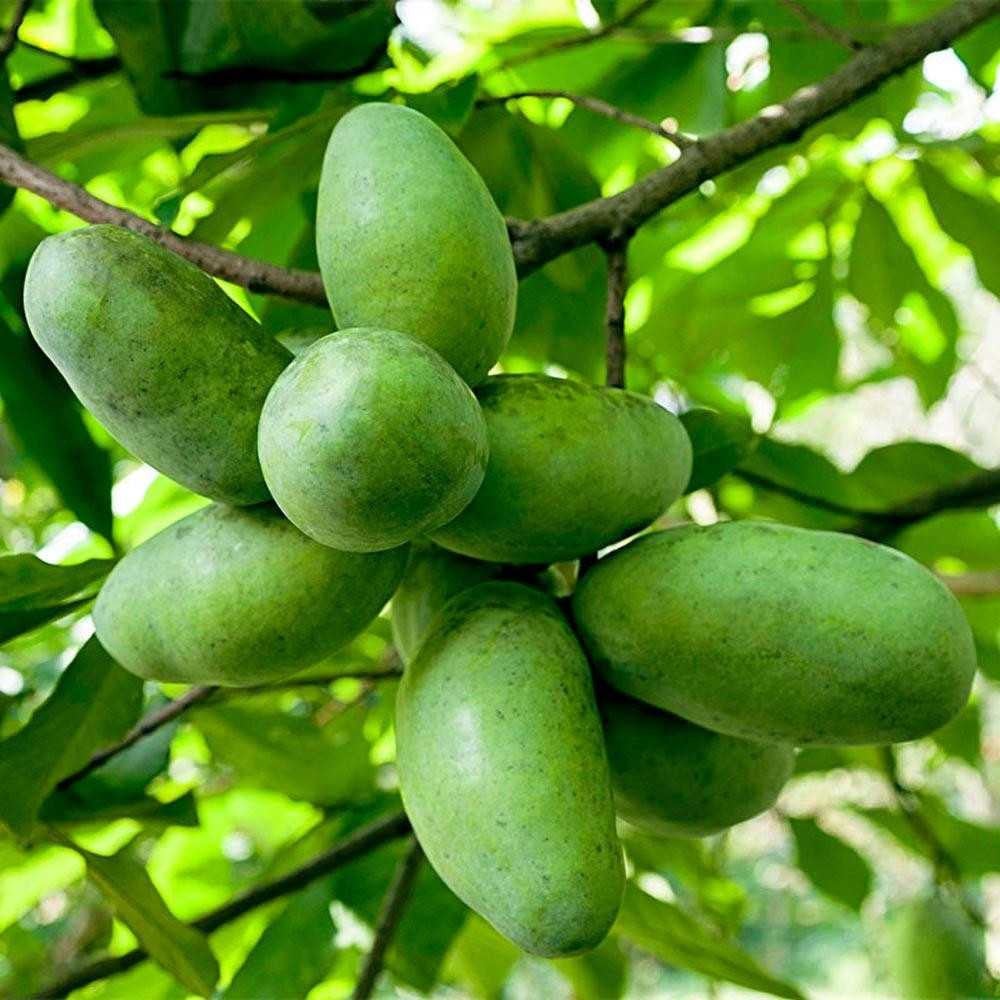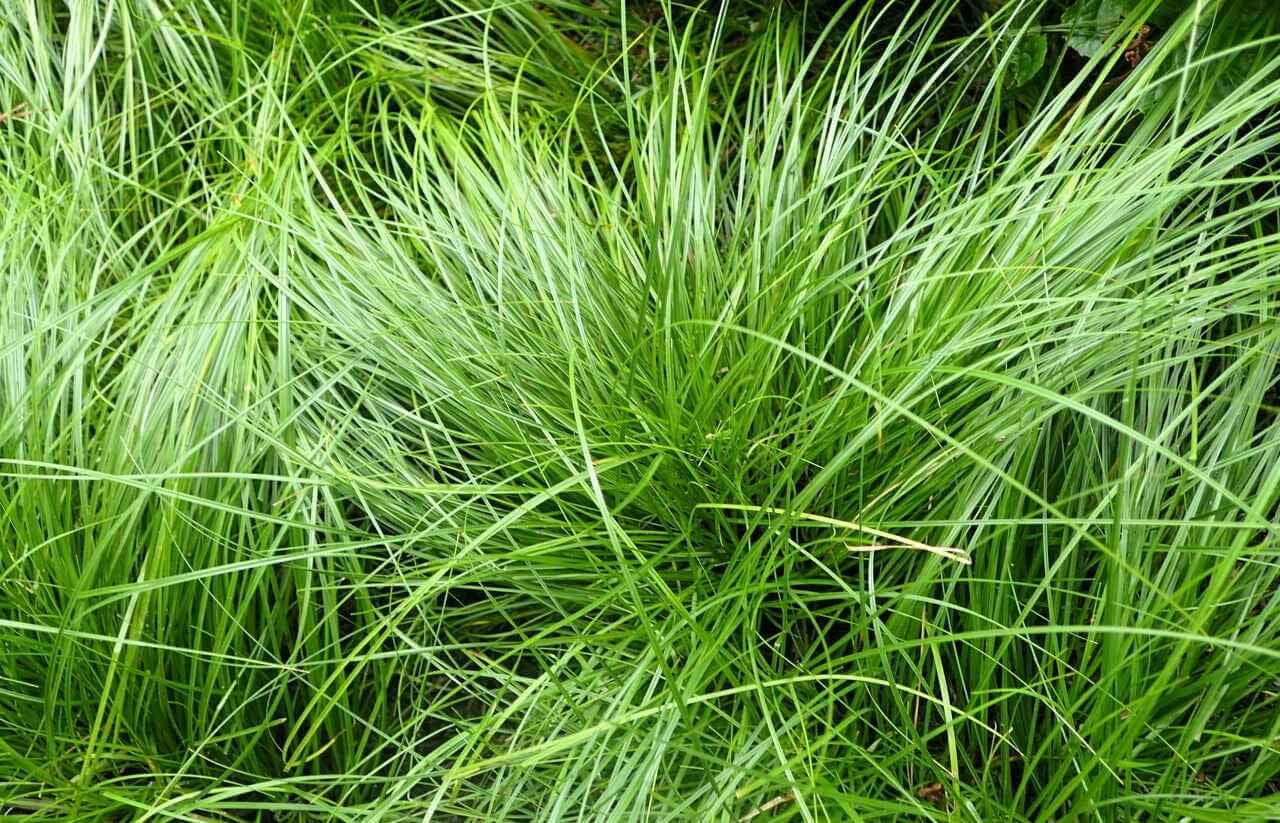The small grove of trees is a natural sanctuary with numerous ecological advantages while serving as a peaceful retreat to improve the surrounding landscape. Clusters of trees in backyards, field borders, or garden corners provide wildlife habitats while improving air quality and preventing soil erosion. A grove establishes its micro-ecosystem, which encourages biodiversity and helps native plants grow in their shade and protection. A small grove of native species improves the land's aesthetic appeal and ecological health and represents a sustainable landscaping option that demands minimal upkeep.
Choosing Native Trees for a Thriving Grove
The ecosystem remains balanced and resilient when native trees are chosen for a small grove. These species have evolved to survive local weather patterns naturally, which reduces the need for watering and fertilizing. The Eastern Redbud (Cercis canadensis) is an exceptional tree option due to its distinctive early spring flowers, which draw pollinators. The Serviceberry (Amelanchier spp.) delivers continuous visual appeal through springtime white flowers, summer edible berries, and vibrant fall foliage. Quercus species are foundational trees in natural groves, supporting diverse wildlife populations through acorns and thick tree canopies.
River Birch (Betula nigra) and Bald Cypress (Taxodium distichum) grow well in moist environments on streambanks and low-lying ground, where they provide erosion control and serve as nesting sites for birds. The American Beech (Fagus grandifolia) develops a rich understory environment by displaying smooth gray bark and maintaining its golden autumn leaves through winter. Understory trees such as Flowering Dogwood (Cornus florida) and Pawpaw (Asimina triloba) boost biodiversity while producing nectar that pollinators need and fruit that wildlife consumes. A well-planned grove creates a diverse mix of canopy, mid-story, and understory trees, reproducing natural woodland formations and supporting a thriving ecological system.
Encouraging Native Plant Growth Beneath the Canopy Of The Small Grove Of Trees
Native plants find their ideal habitat beneath small tree groves where dappled sunlight and rich organic soil promote their growth. Asarum canadense, which grows as Wild Ginger, extends across forest floors using its heart-shaped foliage to cover the earth and prevent weed growth. The Christmas Fern (Polystichum acrostichoides) and Cinnamon Fern (Osmundastrum cinnamomeum) grow well in groves because they prefer the cool and moist shaded environment, which they help decorate with their textured foliage and continual green presence.
The delicate three-petaled blooms of Trilliums (Trillium spp.) appear in spring, and by summer, they become dormant, thus allowing later-season plants to flourish. The arching stems of Solomon’s Seal (Polygonatum biflorum) gracefully trail along shaded areas while displaying small white flowers during spring. The soft mat of Pennsylvania Sedge (Carex pensylvanica) beneath trees serves dual purposes of soil erosion prevention while offering habitat support to small wildlife.
Grow Your Small Grove Of Trees
The understory of mature groves benefits from natural processes because decomposing leaves feed the soil, while fallen branches establish microhabitats for fungi, insects, and amphibians. Native plant proliferation within the grove enables self-sustainability with low maintenance needs while sustaining pollinators, songbirds, and other wildlife that depend on varied plant species. As time passes, the grove develops into a small forest characterized by vibrant and dynamic ecosystems that integrate naturally with the adjacent surroundings.
Read more
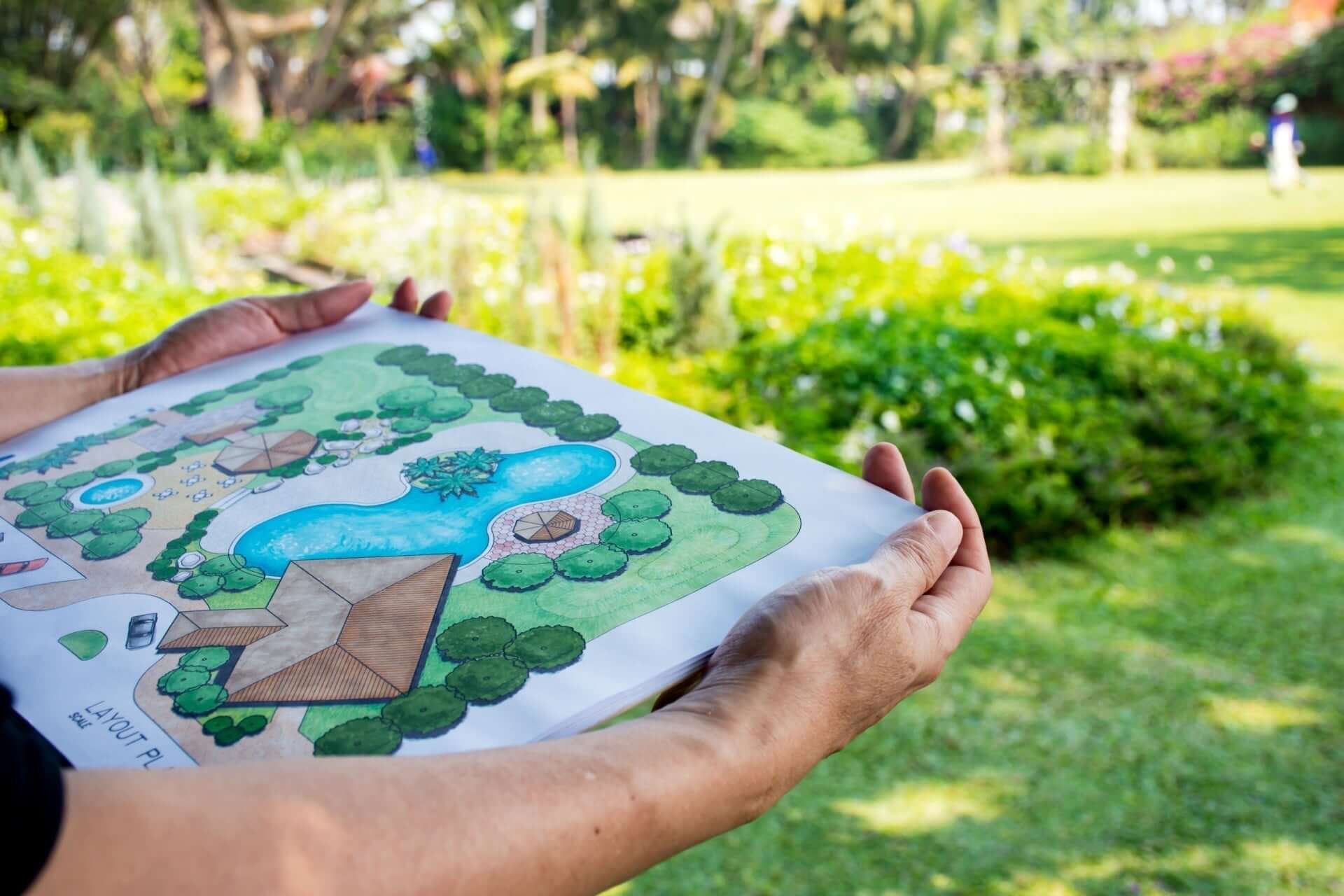
Landscape design with native plants enables homeowners to build visually appealing gardens, which play a key role in supporting wildlife and sustaining environmental stability. Carefully choosing p...
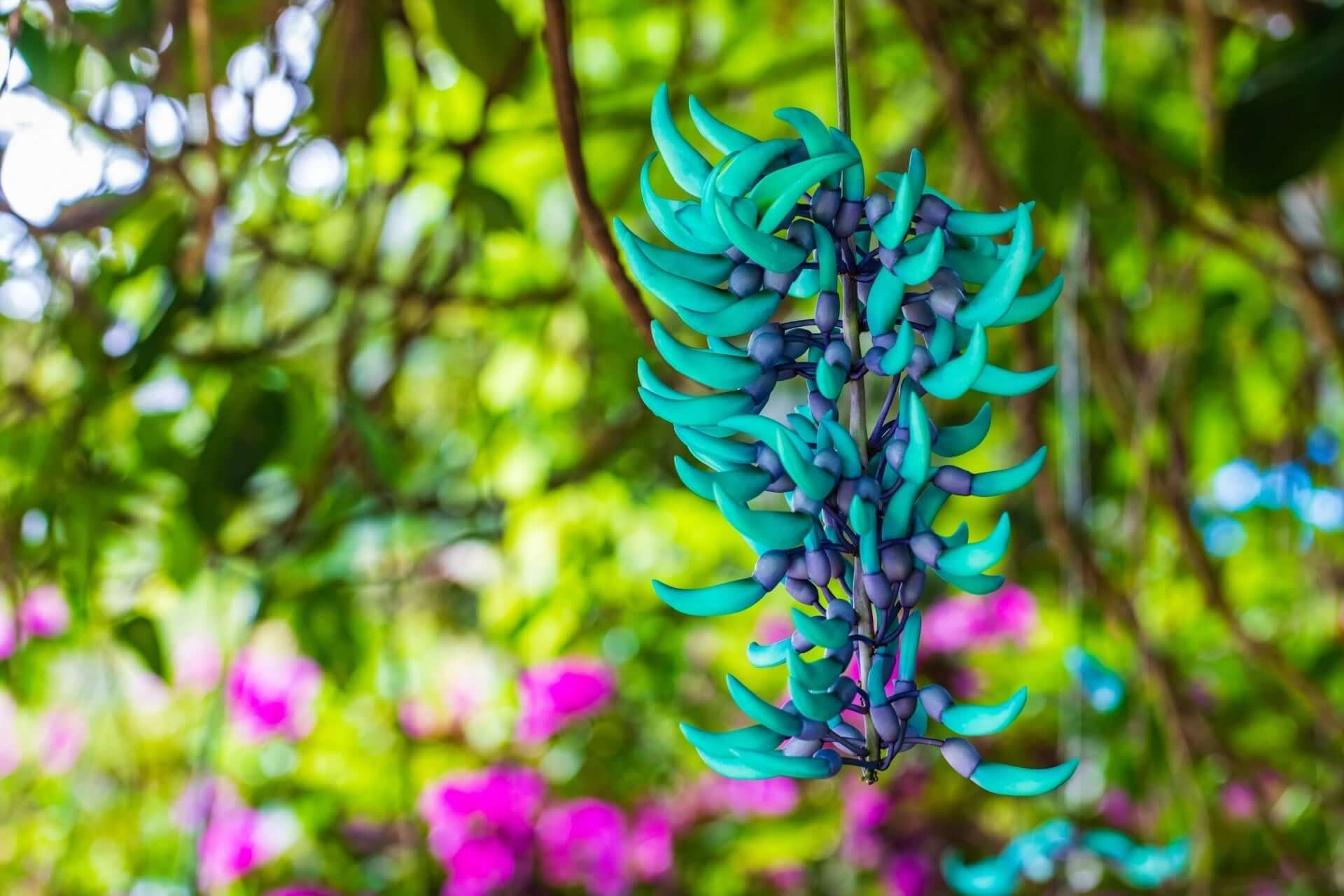
Strongylodon macrobotrys stands as one of nature's stunning botanical treasures. This tropical plant, which exists exclusively in the Philippine rainforests, produces stunning turquoise flower clus...


